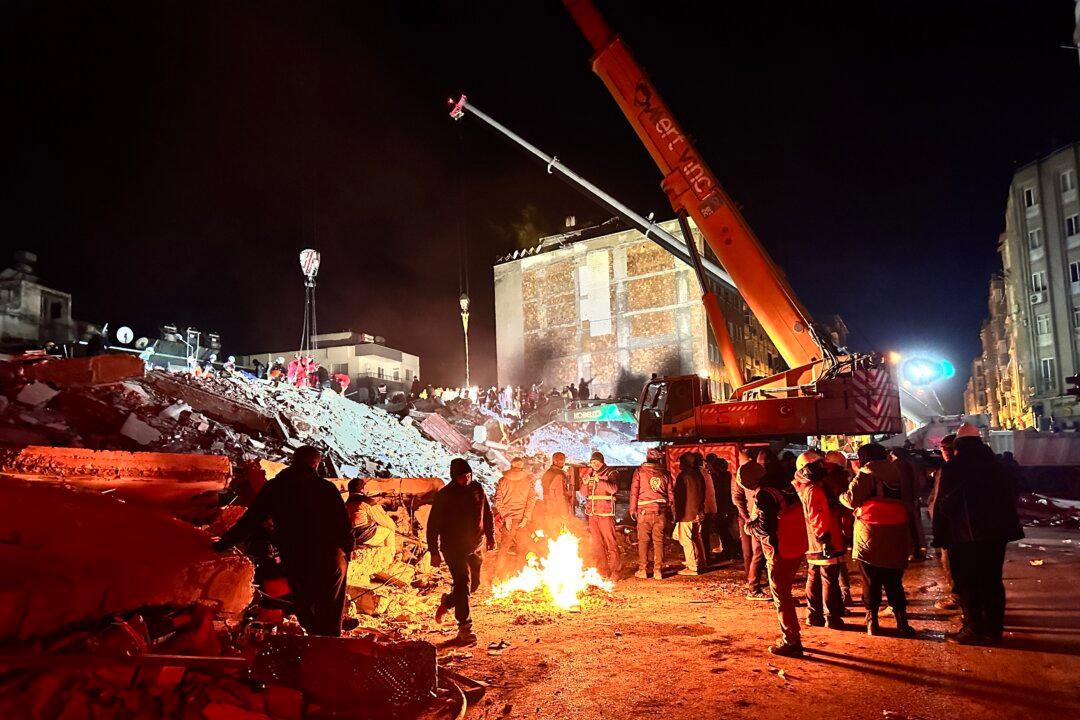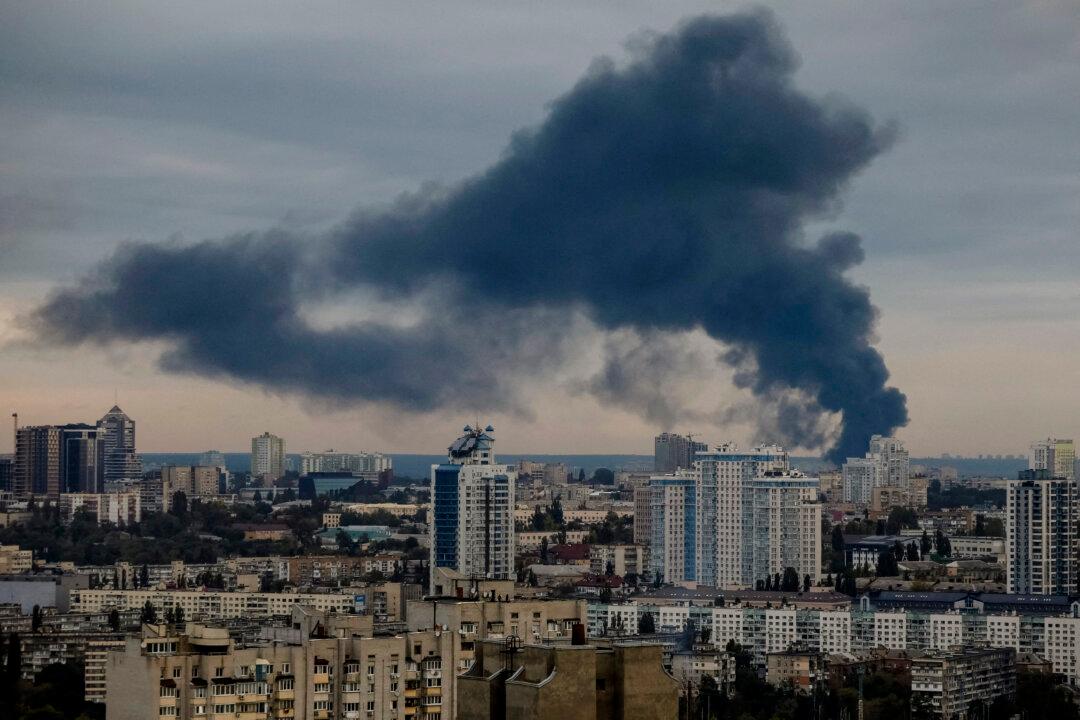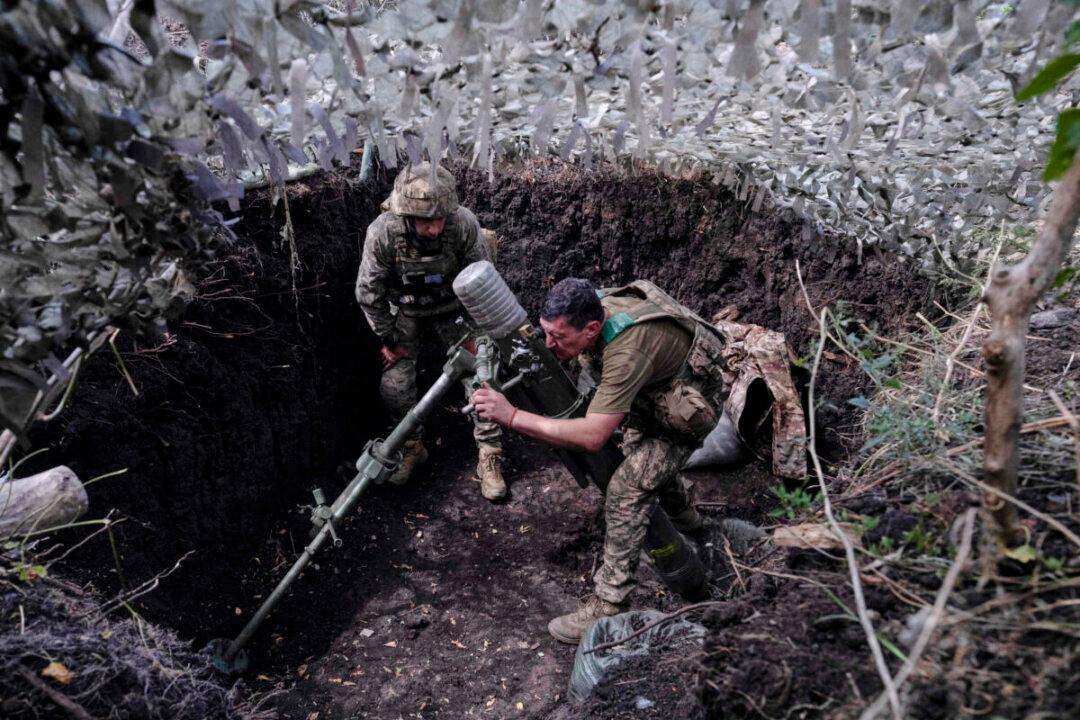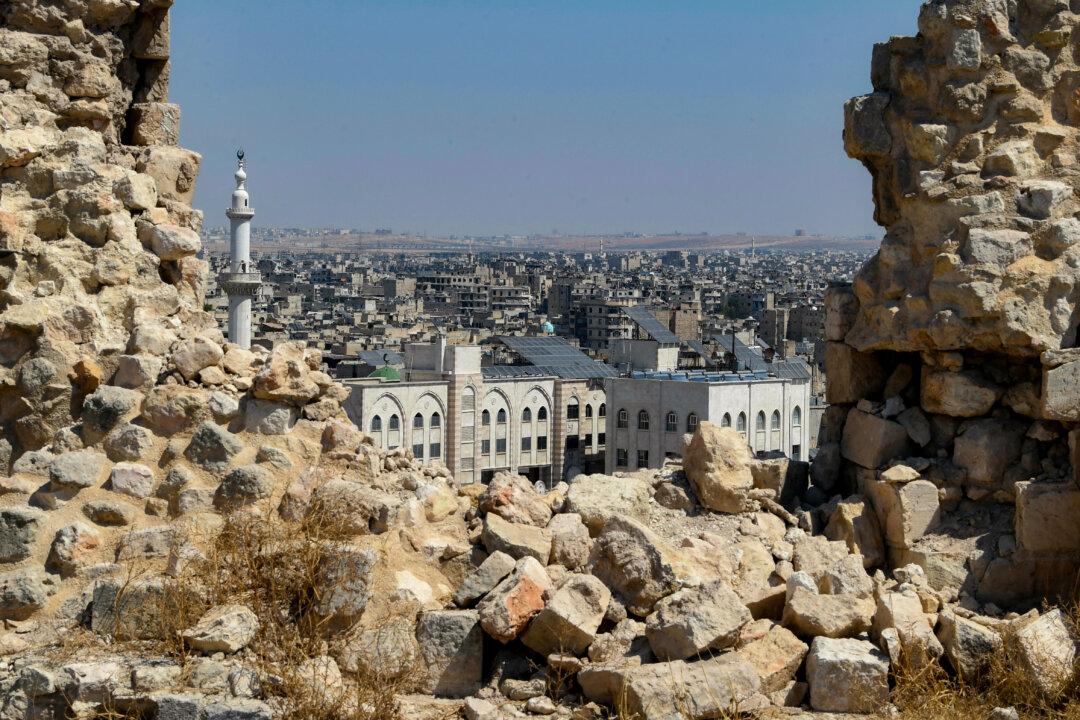ADANA, Turkey—The highway from Turkey’s southern Adana Province to the neighboring province of Hatay is snarled by traffic. There are long lines of trucks bearing critical aid for survivors, bulldozers and excavation equipment, and busloads of volunteer rescue workers.
On Feb. 6, Adana and Hatay—and eight other provinces of southern Turkey—were hit with back-to-back earthquakes that have left thousands dead and leveled entire neighborhoods.





